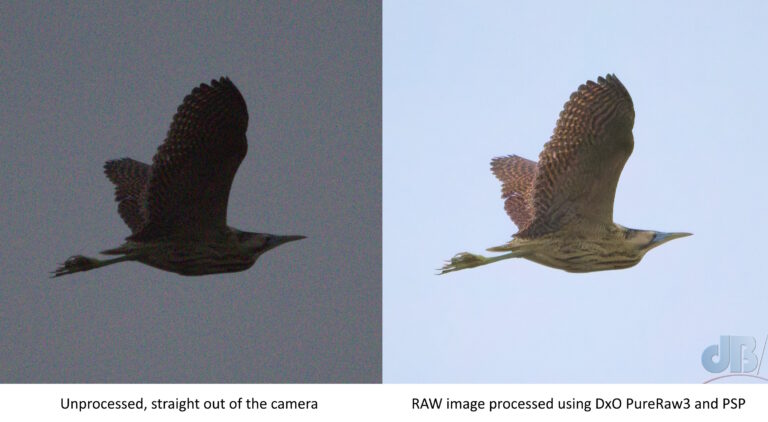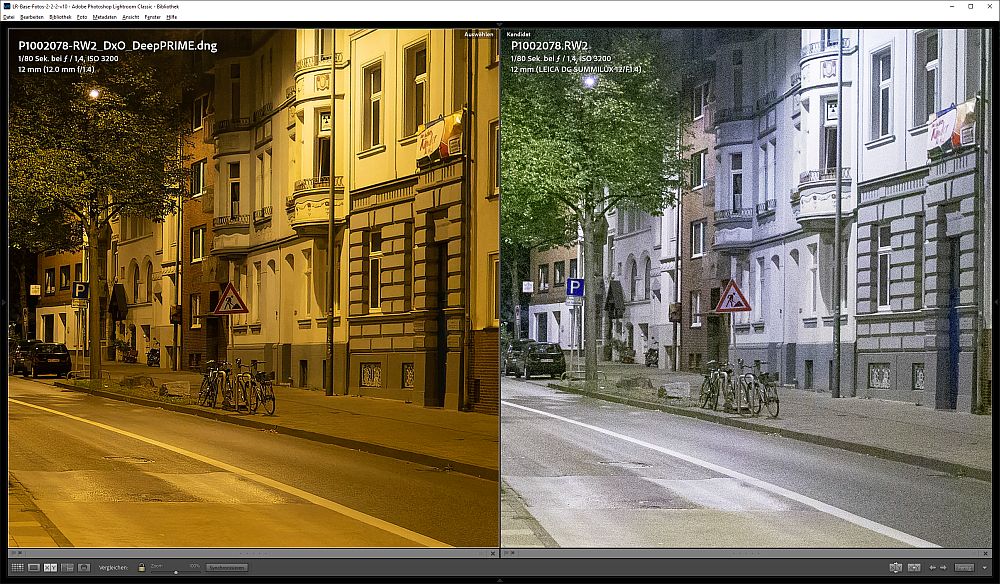

The photos in your archive you thought were not good enough because of a lot of noise or a soft lens - these images can be transformed. Breathe new life into RAW files shot on older cameras.With DxO PureRAW2, they stay velvety smooth and free of artifacts. Creamy bokeh and out of focus areas often have a tendency to become messy with noise.Instead of worrying about image quality and lowering your shutter speed, keep shooting. With DxO PureRAW2, you can get an extra two stops of ISO thanks to its power to clean up noise from your RAW files.You can have more freedom to shoot without a tripod as faster shutter speeds with higher ISO levels are now less of a problem. Get the maximum detail from your gear thanks to DxO’s renowned lens and camera profiles, automatically correcting any distortion, vignetting, and chromatic aberrations.DxO PureRAW2 cleans up your RAW files, giving you greater flexibility when using faster shutter speeds, and allowing you to shoot earlier in the morning or later into the evening. You don’t need the best telephoto lens on the market to get incredible results.When you select this format, you can choose from one of the following options:Ĩ-bit compressed – the TIFF file is compressed to save on storage space.ġ6-bit, for a maximum quality file that can be corrected and retouch further, although without the flexibility and reversibility of DNG.DxO PureRAW Crack Simply better RAW files, Enhance your RAW files to open up even more possibilities with Adobe Photoshop and Lightroom®. TIFF: generate a high quality TIFF file for retouching work in another application such as Photoshop. If you select this format, a slider lets you adjust the compression, and therefore the quality, of the output file the default setting is 90, on a scale of 10 to 100. JPG: generates a JPEG file for immediate use or distribution.

There are 3 options, though you can select all of them to create different format versions of your image all at once:ĭNG: Generates a Linear DNG file that retains the characteristics and reversibility of the original RAW file, allowing it to be further edited in a third-party program such as Lightroom Classic, or Camera Raw. The best output format for your processed images will depend on how you want to use them.

I think DXO imagined PureRAW to be a mere converter, so when one creates TIFF or JPEG one can choose probably color profile, while Lindear DNG is or should be more or less intact in terms of color, since its still meant to be developed in third party app. Personally I would think its exclusive feature to PhotoLab at the moment. Are the new “Protect saturated colors” and “Preserve Color Details” features affecting in any way the output of PureRAW ? Be it in a hidden way.Īs Platypus mentioned, its not clear if its there or not.


 0 kommentar(er)
0 kommentar(er)
